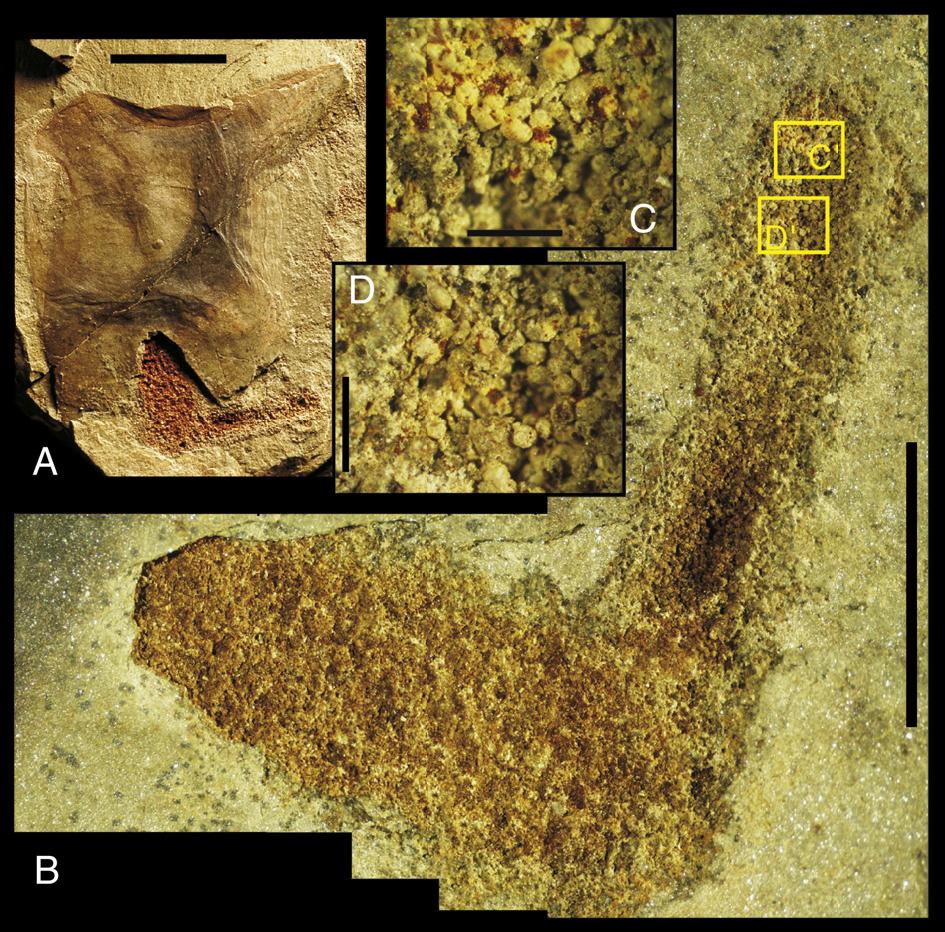The abrupt decline of Burgess Shale-type (BST) deposits after Cambrian is a subject of considerable debate. Among others, bioturbation has been suggested as one of the major limiting factors for preservation of BST deposits. However,Professor Jih-Pai Lin from Nanjing Institute of Geology and Palaeontology, Chinese Academy of Sciences (NIGPAS) reported convincing evidence to contest such hypothesis. They examined 323 well-preserved specimens from the Kaili Biota (c. 513 Ma) from Guizhou, South China. Important specimens were examined under SEM and the virtual 3D relation between trace fossils and echinoderm fauna was reconstructed via X-ray microtomography. Prof. Lin’s team interpreted that exceptional preservation does not necessarily imply the absence of trace fossils. Furthermore, trace fossils are the indirect evidence of indigenous infaunal organisms; thus, they should be considered as a part of a local BST community exemplified by Kaili Biota. Their study offered new insights into both trace fossil-body fossil association among BST communities and conditions required for BST preservation. This study also includes an appendix summarizing all reported ichnofossils from the Kaili Formation.

